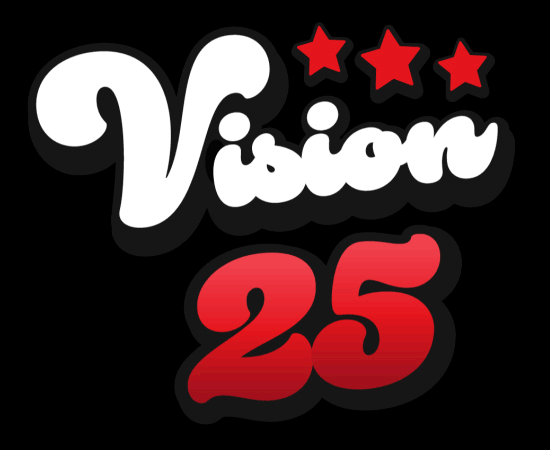How B2B Sales Have Changed for MSPs
Technology has continued to increase at a dizzying pace. A decade of knowledge and expertise can be rendered obsolete in less than a year if you don’t keep up. A standard business can coast on what used to work, but they hit a hard wall sooner than later. The nature of IT has changed, so it’s only natural B2B sales strategies should change too.
Business to business (B2B) sales have changed for MSPs. Technology has gotten too complex for non-dedicated resources, many sales packages focus on what they offer versus what problem they solve, and there’s a tendency for businesses to move towards risk reduction rather than optimal efficiency. These aren’t the only factors, but they are major ones.
Each of these factors impacts B2B sales in a different way, though they all contribute to the overall picture. Some of these will be relevant to your clients, and others won’t. There is not a silver bullet for B2B sales, but there are tricks and techniques which can increase your odds.
Understanding and the Complexity of Technology
When you run an MSP, you have to balance keeping up with technology and keeping your business running. One feeds into the other, but to most businesses, technology is just a tool and not a trade. You see the dividends from staying up to date, but your clients usually just see unnecessary expenses.
It costs both time and money to keep up with technology. While individuals (hopefully) understand technology at the business, the business as a whole has no idea what goes into their day-to-day functioning. Your job when trying to sell is to become the “individual” or “team” a company can rely on for their technology needs.
Selling a client on filling their technical needs is a lot more future proof than selling on support only. What happens when the client makes a terrible decision and you’re contractually obliged to support it? If you can actually walk the walk, you want to be pushing clients towards things which help make their jobs easier, and your support more efficient. You want to paint your service as a shortcut to modern technology rather than just a new generation of break-fix.
Selling Solutions
Any given task at a business requires a complicated number of systems which should be as transparent as possible for the end users. Some businesses may expect their internal IT to work in conjunction with your offering, but those are less common. Most businesses just want someone to take IT off of their plate.
The users don’t care how the system itself works, just that it does. Most want to use it to do their jobs without having to think about it. Sell them on what a solution does rather than on what makes it work.
Simplify your offering into things that make sense for your clients. Most clients don’t care that the cloud environment you’re selling them on has SSDs rather than spinning rust; they just care it’s faster. The more technical terms can help them feel in the know, but let them know what a solution means for them specifically to sell it.
How does your solution solve their technology needs and how does it make their jobs easier? The more efficiently you can convey this and help put it into terms explaining how it impacts them, the easier it is to sell. They’re not picking you to explain the nuts and bolts (usually), they want you to provide solutions which fit their problems.
Risk Reduction
This all fits into the trend for more and more businesses to try and reduce risk. Smaller businesses have been trying to find ways to cut costs and/or reduce risk since well before the pandemic, but 2020 has made it that much more important. How can you reduce the technical risk your client has in terms of time and money?
The cloud didn’t work out as economically cheaper in the beginning, but it reduced the technical hurdles and cost to implement and maintain a solution for people who didn’t have the infrastructure in place. The risk reduction came in the form of preventing technical risk during implementation, reduced the dependency on local resources, and the fact it could prevent unexpected costs (you don’t need to replace hardware) was worth the additional cost per month. You can run a home brew “cloud” for cheaper than many solutions (though it’s getting harder with the razor thin margins), but even professionals tend to favor the cloud.
By abstracting a solution into an offering, you reduce the cost to maintain it. If a drive pops on a cloud environment, it’s the host’s problem. Companies want the liability and risk pushed off onto someone else. How can you be that solution without fronting too much of the risk? Becoming the glue which connects their disparate systems into one platform can be the offering they need.
Application and Practice
How do your offerings look and what solution do they provide? What itch do they scratch and how do they benefit a potential client? If you can’t answer these questions (even at a surface level) instantly after learning about a business, you need to reconsider how you’re doing things.
Another consideration is who you’re dealing with when selling to a business. A business can be composed of one or more different individuals with different levels of experience and knowledge. How do you explain your solution to who you’re working with without compromising what it does?
On the other hand, if someone you’re dealing with just doesn’t get it, what’s stopping you from getting in touch with someone else? Getting your foot in the door in the first place tends to be the hard part. Done right, you can seal the deal by targeting a different individual in the whole of the business.
Even businesses with dedicated IT staff may want to outsource parts of their business. If you can’t win the whole business, what’s to say you can’t win a part? Companies with full help desks may still hire an MSP to handle the pieces they don’t want to manage. The question then becomes is it profitable enough to do?
This list isn’t exhaustive, but it touches on the biggest weaknesses of many MSPs’ current B2B sales strategies. Clients may want you to fill the gap the last technical company left, but you won’t get far if you don’t think in terms of how you can solve their technical problems, especially the ones they’re unaware of. Technology is complex, and they want to shop on what makes their job easier, not what it does in absolute terms while reducing their risk to unpredictable expenses.
Once you find how to put these pieces together, you sell on the value you and your service provide rather than selling a gear in the system. Make yourself indispensable to your client while making your sales easier. A gear can be easily replaced, but the whole system can’t. Become the force which helps your client realize and manifest their technical dreams as a reality and both of you will profit.
Ready to 10x your MRR? Contact us today to see if your MSP is a candidate for The 20 membership!


